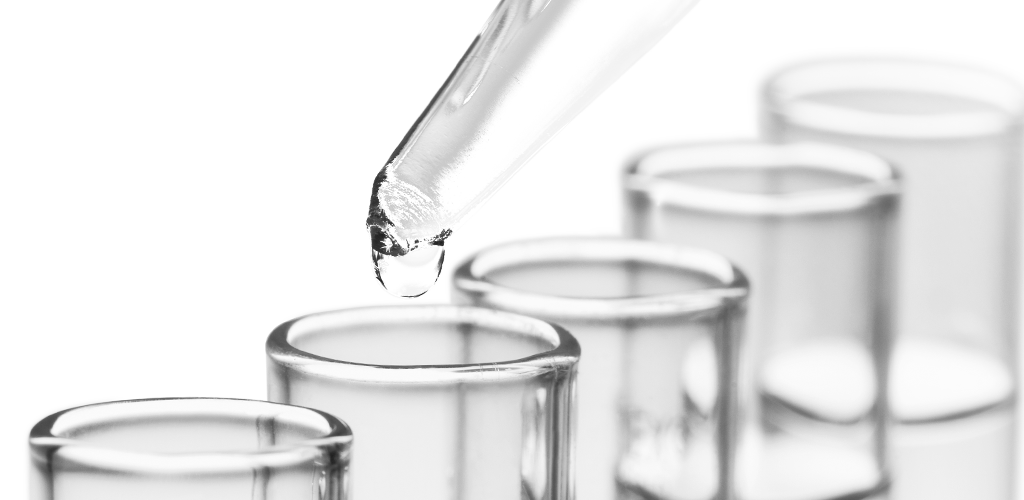Plasminogen activator inhibitor type I (PAI-1)
Biochemistry
| Molecular mass | 52 000 Da |
|---|---|
| Synthesis | Endothelial cells, hepatocytes, thrombocytes, tumor cells |
| Half-life | 2 - 3 hours |
| Plasma concentration | Antigen 3 - 40 ng/ml Activity 0 - 20 AU/ml Circadian variations! Lower values in the afternoon. Values increase with age. |
PAI-1 is the most important inhibitor of plasminogen activators. It is a fast acting inhibitor, which forms 1:1 complexes with t-PA and u-PA, suppressing the activation of plasminogen to plasmin. PAI-1 is regulated by different mechanisms. Interleukins, endotoxins, thrombin and other substances that interact with endothelial cells, can increase the synthesis and secretion of PAI-1, thereby slowing down the fibrinolytic activity. Activated protein C is capable of forming a complex with PAI-1, thus accelerating the fibrinolytic activity. PAI-2, which is synthesized in the placenta, is mainly found in pregnant women. The inhibitor shows an increased affinity to u-PA. PAI-3 inhibits u-PA and other serine proteases and is identical with the protein C inhibitor.
Clinical significance
For the evaluation of the clinical significance of an elevated PAI level, normal values must be assessed. Large variations dependent on age, sex, pregnancy and nicotine consumption as well as circadian variations have been observed. Blood collection is also of importance. Raised PAI values have been clinically correlated to the risk of reinfarction in young coronary patients, the risk of an interaction in angina pectoris and the risk of post-operative thromboembolic complications.
Indication
- Diagnosis of thrombotic risk
- Risk pregnancies
- Prognostic factor in sepsis
Literature
- Van Meijer M, Pannekoek H. Review - Structure of Plasminogen Activator Inhibitor 1 (PAI-1) and its Function in Fibrinolysis: an Update. Fibrinolysis 9, 263-276, 1995.
- Scarabin PY et al. Associations of Fibrinogen, Factor VII and PAI-1 with Baseline Findings among 10500 Male Participants in a Prospective Study of Myocardial Infarction. Thromb Haemost 80, 749-756, 1998.
- Declerck PJ. Plasminogen activator inhibitor-1 (PAI-1) antigen. In: Jespersen J., Bertina RM, Haverkate F (eds.). Laboratory Techniques In Thrombosis: A Manual. 2nd revised edition of ECAT Assay Procedures. Kluwer Academic Publishers, 1999.
- Kluft C, Jie AFH, Rijken DC, Verheijen JH. Daytime fluctuations in blood of tissue-type plasminogen activator (t-PA) and its fast-acting inhibitor (PAI-1). Thromb Haemost 59, 329-332, 1988.
- Munch M et al. Interconversions between active, inert and substrate forms of denatured/refolded type-1 plasminogen activator inhibitor. Biochim Biophys Acta 1202, 29-37, 1993.
- Declerck PJ et al. Multicenter Evaluation of Commercially Available Methods for the Immunological Determination of Plasminogen Activator Inhibitor-1 (PAI-1). Thromb Haemost 70, 858-863, 1993.
- Dietrich K, Ball GD, Mitchell LG. Increased plasminogen activator inhibitor results in a hypofibrinolytic state in adolescents with obesity: in vivo and ex vivo evidence. Br J Haematol. Oct 175(2), 300-307, 2016.

